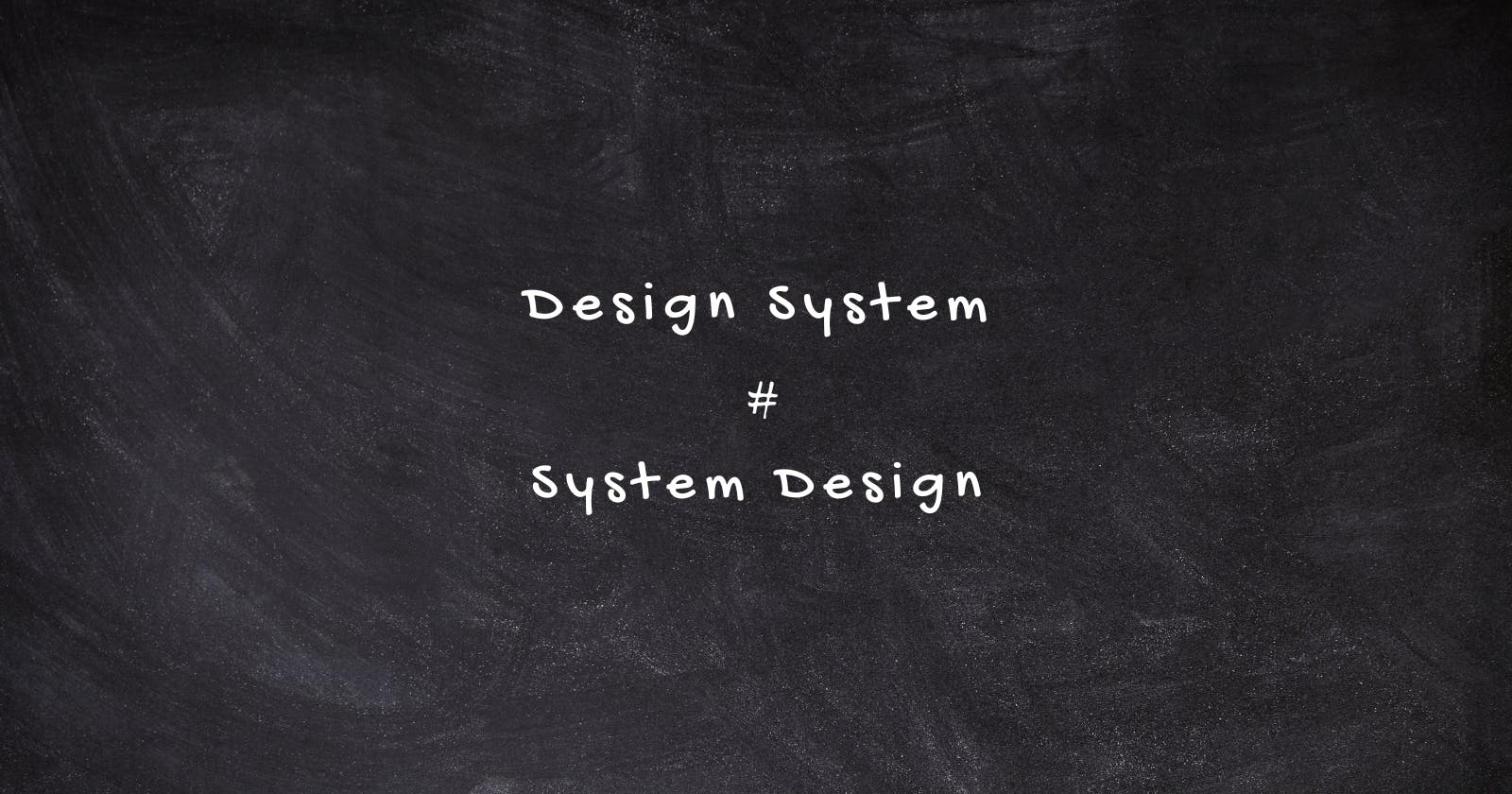Understanding the Difference Between Design System and System Design
In the world of software development and design, two terms are often discussed: Design System and System Design. While they may sound similar, they actually represent distinct concepts, each playing a pivotal role in the creation of digital applications and products. Understanding the difference between these two concepts is crucial for design and development professionals. In this article, we will explore these differences and clarify their respective roles.
Design System
A Design System encompasses a collection of reusable and consistent design elements, accompanied by guidelines on their usage. It is designed to ensure visual consistency and user experience across all of an organization's applications and platforms. A typical Design System includes:
UI Components
Buttons
Forms
Cards
Modals
etc.
Design Rules
Typography
Colors
Spacing
Grids
etc.
Documentation
Style guides
Implementation examples
Best practices
etc.
Advantages of a Design System
Consistency: All user interfaces share the same visual language, providing a unified experience to users.
Efficiency: Design and development teams save time by utilizing pre-built components, rather than designing them from scratch.
Scalablity: Design Systems are scalable and can be updated to meet changing business needs.
System Design
On the other hand, System Design focuses on the design and architecture of software systems as a whole. It is a more technical discipline, involving the design of robust and scalable computer systems. Here are some key elements of System Design:
System Architecture
Database design
Technology choices
Scalability
Security
etc.
Performance
Query optimization
Load management
Caching
etc.
Reliability
Fault tolerance
System monitoring
Disaster recovery plans
etc.
Advantages of System Design
Scalability: Well-designed systems can handle significant growth in traffic and data without compromising performance.
Reliability: A well-designed system is resilient to failures and can quickly recover from malfunctions.
Performance: Optimized architecture ensures fast response times and a seamless user experience.
Conclusion
In summary, while the terms "Design System" and "System Design" may sound alike, they represent distinct concepts in the realm of software development and design. The Design System focuses on creating a consistent and reusable user interface, while System Design addresses the design and architecture of software systems as a whole. Understanding these differences is essential for design and development teams to create effective and scalable digital products.

